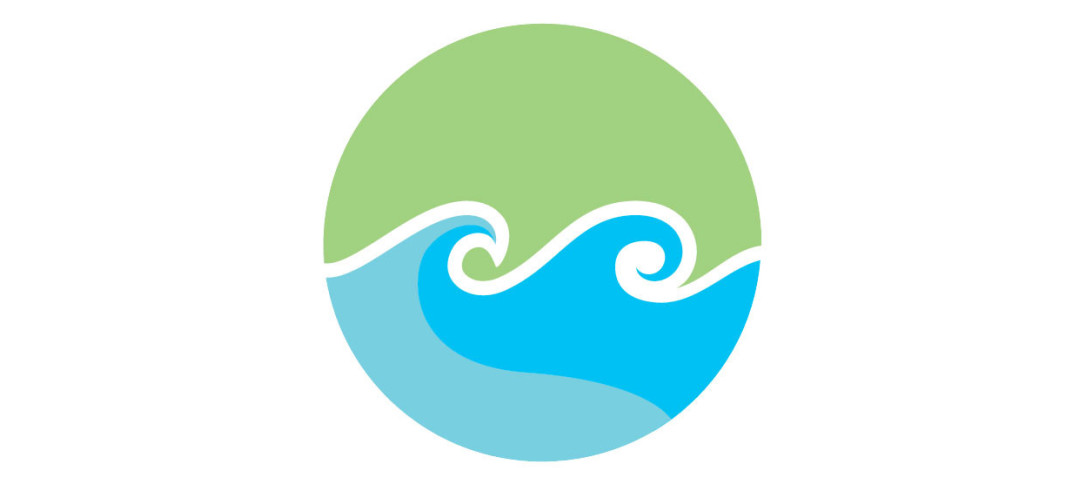
Abstract: In response to the pressing demand for sustainable and autonomous energy sources, the offshore wind industry is advancing towards a substantial increase in individual rated output (> 20MW per turbine), depending on hub heights > 170 m and rotor diameters > 280 m. The Collaborative Research Center “Offshore Megastructures” (CRC 1463) aims to address the challenges stemming from these projected dimensions by developing an integrated design and operation approach grounded in the creation of a digital twin, underpinned by physical comprehension of all interconnected subsystems.
Within the context of the subsystem “Hydrodynamics and Impact Processes in the Marine Environment”, research focuses on the impact of such increased dimensions on the flow field and surface elevation in the immediate vicinity of different substructure designs. Specific emphasis is given to scenarios where (tidal) currents intersect perpendicularly with the prevailing wave direction—a common scenario in wave-current-structure interactions within the German North Sea.
An introduction will be given to processes affected by structure size, such as (global) diffraction, near-trapping or blockage effects based on preliminary findings from a series of model tests centering the three-dimensional wave-current-field surrounding monopile and jacket type substructures.